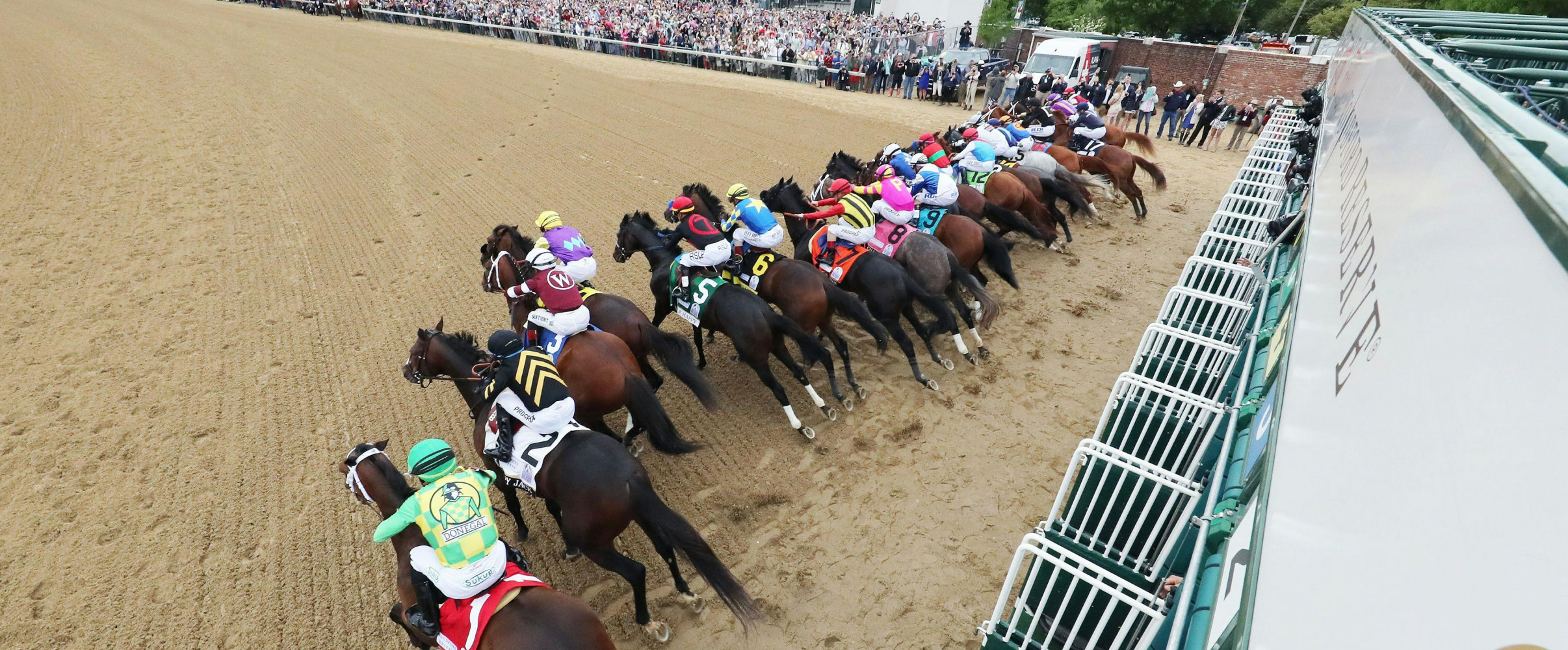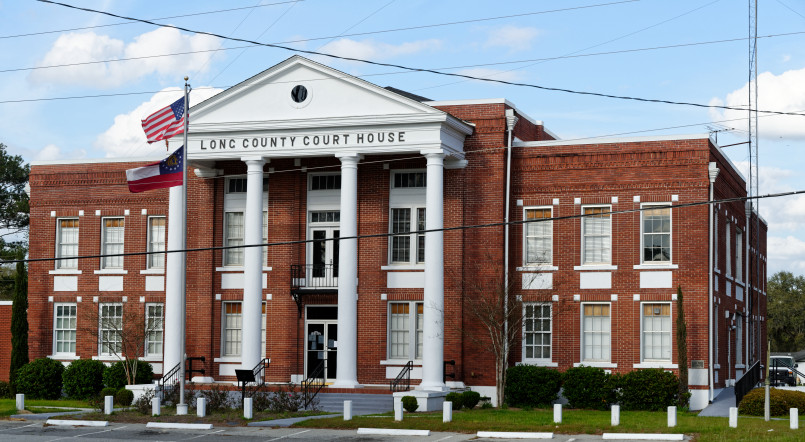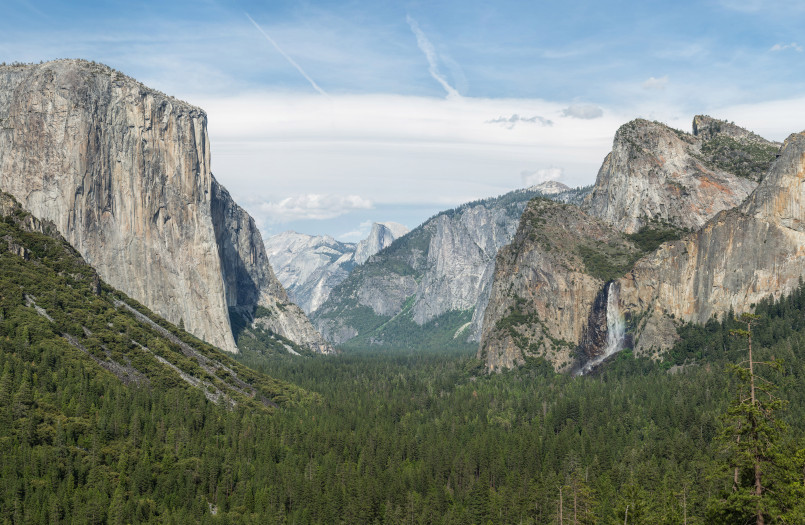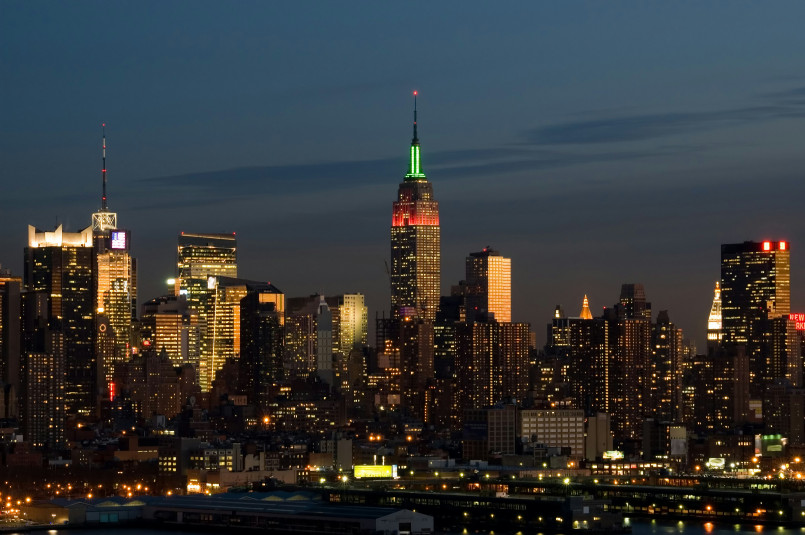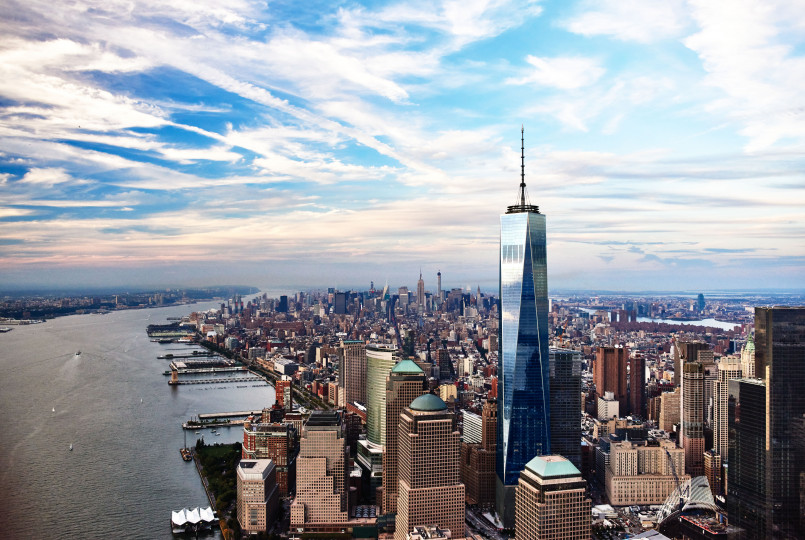Kentucky's prestigious status as the horse racing capital of the world stems from its unique limestone-rich soil, centuries-old breeding traditions, and iconic racing venues like Churchill Downs. The Bluegrass State has created a perfect ecosystem for raising champion thoroughbreds that continues to influence global horse racing.
Kentucky's association with horse racing runs deeper than tradition-it's woven into the very identity of the state. Known worldwide as the epicenter of thoroughbred breeding and racing, the Bluegrass State has earned its reputation through a combination of natural advantages, historical circumstances, and deliberate cultivation of equine excellence over centuries. This deep-rooted relationship between Kentucky and horse racing has transformed what began as an aristocratic pastime into a defining cultural and economic force.
From the hallowed grounds of Churchill Downs to the rolling pastures of Lexington's horse farms, Kentucky offers a complete ecosystem that nurtures every aspect of the sport. This remarkable synergy between land, climate, tradition, and industry has established Kentucky as not just a participant in horse racing, but its undisputed global capital.
The Bluegrass State Foundation: Perfect Horse Country
Kentucky's dominance in horse racing begins with its natural environment. The state's limestone-rich soil creates ideal conditions for raising strong-boned horses, as this mineral-laden ground grows calcium-rich bluegrass that naturally strengthens equine skeletal development. Early settlers recognized this geological advantage, noting how horses thrived on Kentucky pastures.
The region's moderate climate provides another natural benefit. With mild winters and adequate rainfall, Kentucky offers near-ideal conditions for year-round grazing and training. These natural advantages were recognized as early as the late 18th century, when the first thoroughbreds arrived in the region.
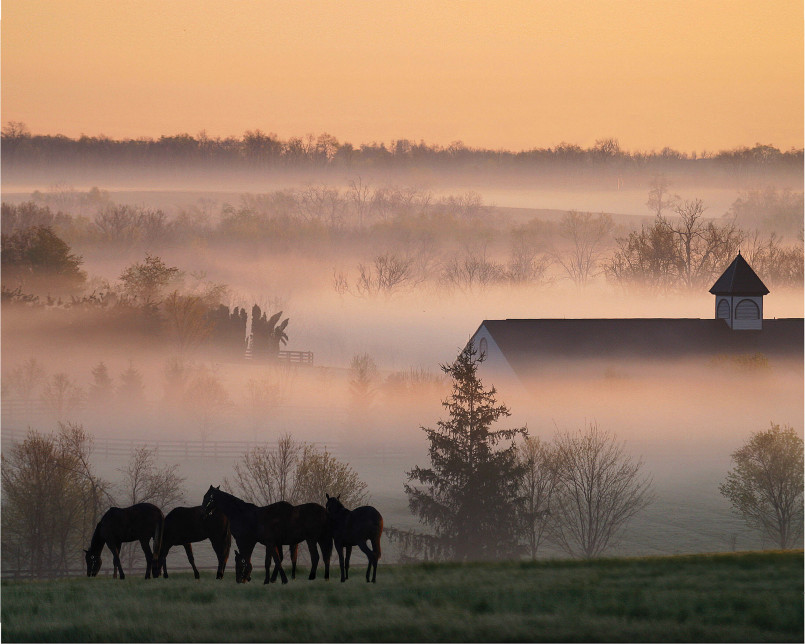
The gently rolling terrain of Central Kentucky creates natural drainage while providing horses with terrain that naturally builds muscle and stamina. This topography, combined with abundant water sources, established the region as prime horse country long before organized racing took hold.
The Kentucky Derby: America's Greatest Race
No discussion of Kentucky's horse racing prominence can exclude the Kentucky Derby, widely considered America's most prestigious race and arguably the world's most famous horse racing event. Established in 1875, this "Run for the Roses" represents the first leg of the American Triple Crown and draws global attention to Churchill Downs in Louisville every first Saturday in May.
The Kentucky Derby's 1.25-mile race for three-year-old thoroughbreds has created countless legendary moments in sports history. From Secretariat's record-setting run in 1973 to the inspirational victories of underdog contenders, the Derby captivates approximately 150,000 spectators in person and millions more watching worldwide.
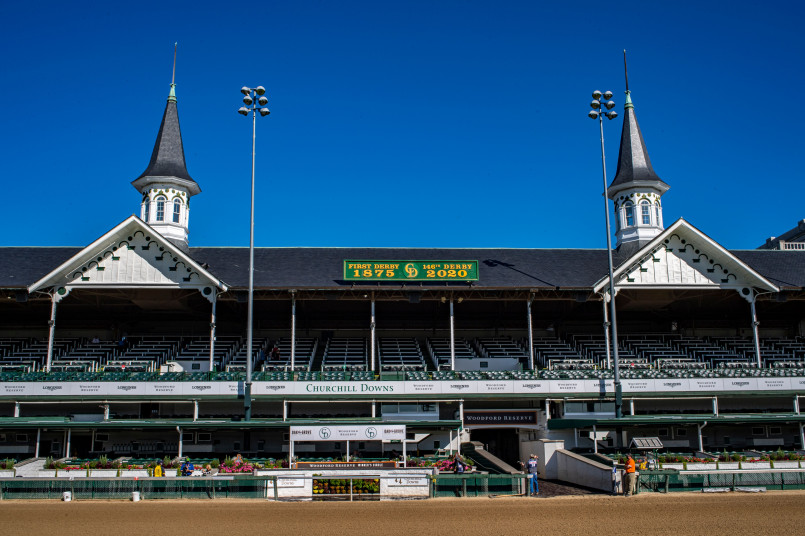
Beyond the race itself, Derby culture has become a national tradition. The mint juleps, elaborate hats, singing of "My Old Kentucky Home," and the pageantry surrounding the event have transcended sport to become cultural touchstones. This single race generates over $400 million in economic impact annually for the Louisville region.
Breeding Thoroughbred Excellence in Kentucky
Kentucky's most profound influence on horse racing may be through its breeding industry. The state produces approximately 75% of all thoroughbred foals registered in North America, making it the undisputed center of thoroughbred breeding. This concentration of bloodstock has created an extraordinary ecosystem where the world's finest equine genetics converge.
Lexington and the surrounding Bluegrass Region house legendary breeding operations like Calumet Farm, Claiborne Farm, and WinStar Farm. These establishments have produced countless champions and influenced thoroughbred bloodlines globally. The presence of superior stallions attracts the finest broodmares, perpetuating Kentucky's breeding dominance.
The annual Keeneland Sales in Lexington serve as the industry's premier marketplace, where yearlings regularly command seven-figure prices. This concentration of breeding wealth creates a self-reinforcing cycle that maintains Kentucky's position at the pinnacle of thoroughbred production.
Historic Racing Venues Beyond Churchill Downs
While Churchill Downs and the Kentucky Derby capture most public attention, the state boasts several world-class racing venues that operate year-round. Keeneland in Lexington combines racing excellence with architectural beauty, hosting prestigious Grade I races while maintaining an atmosphere that honors racing traditions.
Ellis Park, Kentucky Downs, and Turfway Park round out the state's racing calendar, ensuring that competitive thoroughbred racing happens virtually year-round in Kentucky. These tracks provide crucial infrastructure for the development of horses and racing professionals.
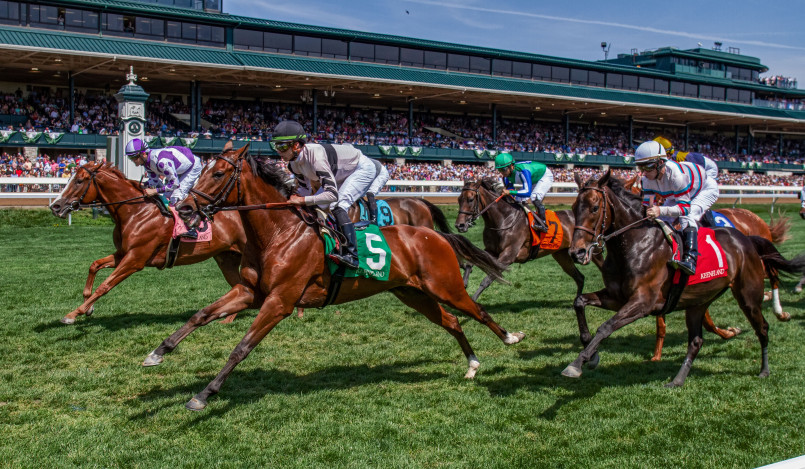
Perhaps most significantly, these varied venues create a complete racing ecosystem where horses can progress through different competition levels without leaving the state. From maiden races to the sport's pinnacle events, Kentucky offers the full spectrum of racing opportunities.
The Economic Impact of Horse Racing in Kentucky
The horse industry represents one of Kentucky's largest agricultural segments and a significant economic driver statewide. The industry generates approximately $6.5 billion annually in economic impact while supporting over 60,000 jobs directly and indirectly.
Beyond direct employment at farms, tracks, and service providers, the horse industry attracts significant tourism. Visitors flock to the Kentucky Horse Park, the Derby Museum, and farm tours throughout the year. The Kentucky Bourbon Trail and horse country tours are frequently combined, creating synergy between two of the state's signature industries.
The industry's economic significance has led to strong political support, with favorable tax policies and legislative protections helping maintain Kentucky's competitive advantage in breeding and racing. The introduction of historical racing machines at tracks has provided additional revenue streams that support racing purses.
Equine Education and Research Leadership
Kentucky's commitment to horse racing extends to academic and scientific advancement. The University of Kentucky's Maxwell H. Gluck Equine Research Center ranks among the world's leading institutions for equine health research, addressing everything from infectious diseases to performance optimization.
Multiple Kentucky universities offer specialized equine programs, producing the next generation of industry professionals. These educational pipelines ensure a steady supply of veterinarians, farm managers, and other specialists with specific knowledge of thoroughbred horses.
The state also leads in equine veterinary care, with facilities like Rood & Riddle Equine Hospital pioneering advanced treatments that improve equine health outcomes globally. This concentration of expertise creates a knowledge hub that attracts professionals from around the world.
Kentucky's Horse Culture Beyond Racing
While thoroughbred racing represents Kentucky's most visible equine connection, horses permeate the state's broader culture. From the horse imagery on license plates to the ubiquitous white fences of horse farms, equine influences are ever-present in Kentucky's visual landscape.
Horses feature prominently in Kentucky tourism, with the Kentucky Horse Park hosting major equestrian events beyond racing. The park's International Museum of the Horse preserves and celebrates the historical relationship between horses and human civilization.
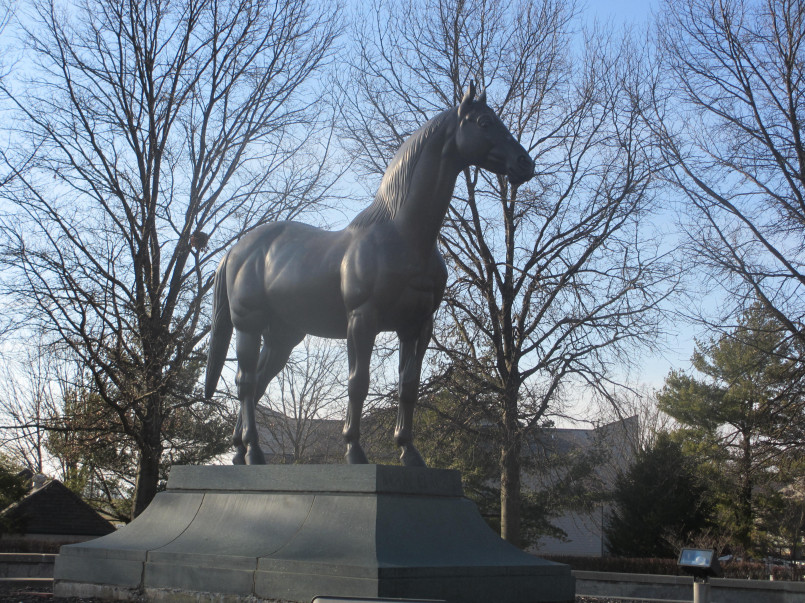
Even Kentucky's bourbon industry acknowledges the horse connection, with many distilleries using equine themes in their branding and marketing. This integration demonstrates how thoroughly horses have become intertwined with Kentucky's identity across multiple dimensions.
Frequently Asked Questions About 7 Reasons Why Kentucky Is World-Famous for Horse Racing Heritage
Why does Kentucky have such good soil for raising horses?
Kentucky's limestone-rich soil filters water naturally while providing calcium that creates nutrient-dense bluegrass. This geological advantage promotes strong bone development in growing horses, a crucial factor for racehorses. The calcium-rich grass essentially functions as a natural supplement that strengthens skeletal structure, giving Kentucky-raised thoroughbreds a biological advantage.
When is the best time to visit Kentucky for horse racing?
Spring offers the premier racing experiences, particularly the first Saturday in May for the Kentucky Derby and surrounding Derby Festival events. April and October are excellent for visiting Keeneland's race meets in Lexington. Summer features racing at Ellis Park, while September brings the Kentucky Downs meet. For farm tours, the spring foaling season (February-May) provides opportunities to see newborn foals.
How much money does the Kentucky Derby generate?
The Kentucky Derby generates approximately $400 million in economic impact annually for the Louisville region. This includes direct spending on tickets (which can range from $60 to over $10,000), accommodations, dining, betting, and merchandise. The two-minute race creates a ripple effect throughout the local economy, supporting thousands of jobs and generating significant tax revenue.
Can visitors tour Kentucky horse farms?
Yes, many prominent Kentucky horse farms offer public or private tours, particularly around Lexington. Farms like Claiborne, WinStar, and Three Chimneys welcome visitors by appointment. Organizations like Horse Country coordinate farm experiences for tourists. The Kentucky Horse Park in Lexington offers daily tours and demonstrations for those wanting to experience multiple aspects of Kentucky's horse culture in one location.
What makes the Kentucky Derby different from other American horse races?
The Kentucky Derby distinguishes itself through its unmatched prestige, rich 145+ year history, and cultural significance that transcends sports. As the first leg of the Triple Crown, it features the highest purse ($3 million) and draws the strongest field of three-year-old thoroughbreds. Its traditions-including mint juleps, elaborate hats, and the singing of "My Old Kentucky Home"-have created a spectacle that attracts celebrities, politicians, and racing fans globally.
